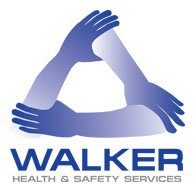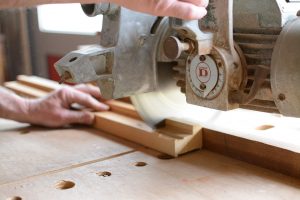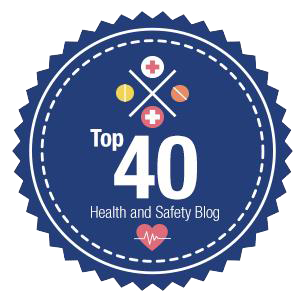Machinery can pose a wide range of hazards to users and bystanders. As such, the control of machinery hazards is of paramount importance. Adequate training and instruction must be provided.
This blog provides an overview of the measures that need to be taken to protect operators and others from the hazards of machinery.
- The principal mechanical hazards are from contact with moving parts of the machinery resulting in entanglement, crushing, cuts, stabbing, punctures, fractures or amputation of fingers, hands or limbs.
- A risk assessment of all machinery must be carried out. It will help to define an action plan to eliminate or reduce the identified hazards.
- Before selecting employees to work with equipment, the job and personal attributes required for the job need to be specified. This will ensure that unsuitable candidates are not considered.
- Where employees cannot be completely excluded from hazards, a safe system of working should be adopted. The level of supervision should increase as the level of risk increases.
- If there are risks of serious injury or death, and no more secure method of risk reduction is practical, then a permit-to-work system should be introduced
- Training should be carried out to ensure that operators understand the hazards on the machinery, the precautions to be taken and the procedures to be adopted to ensure that they can carry out their tasks safely. Read our previous blog on staff working with machinery. https://walkersafety.co.uk/2016/07/staff-working-with-machinery/
Contact us, should you require further information.







